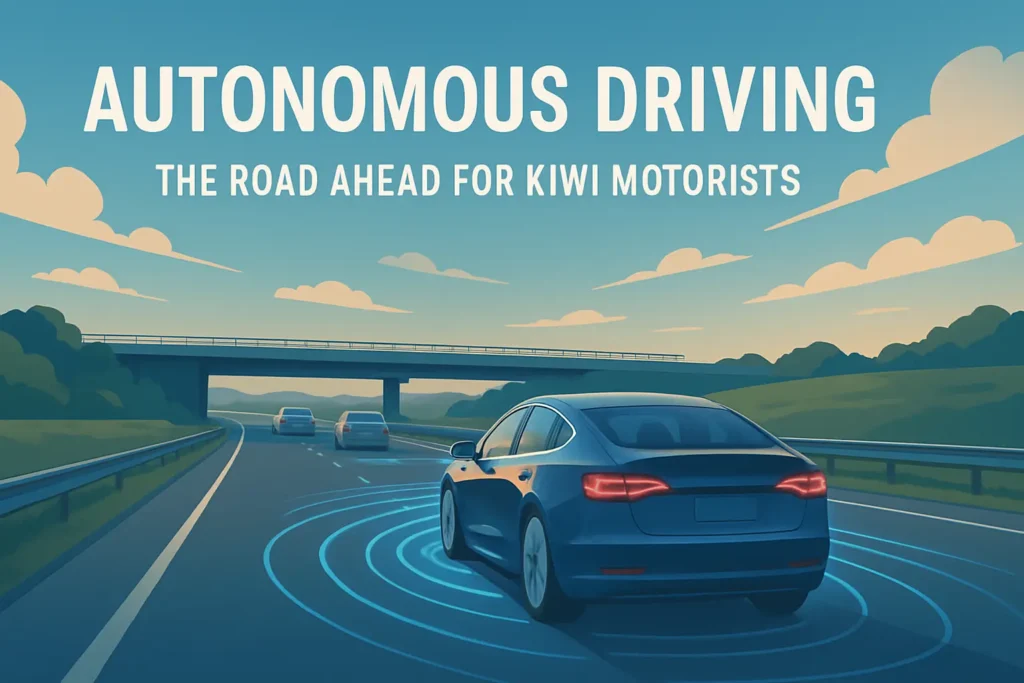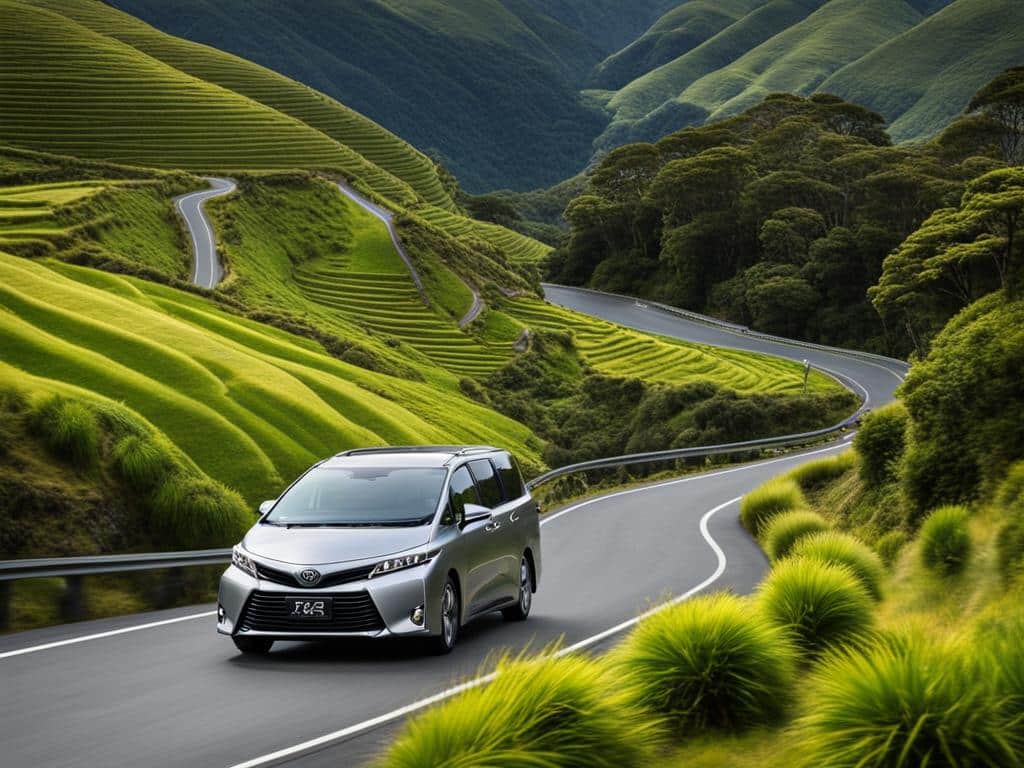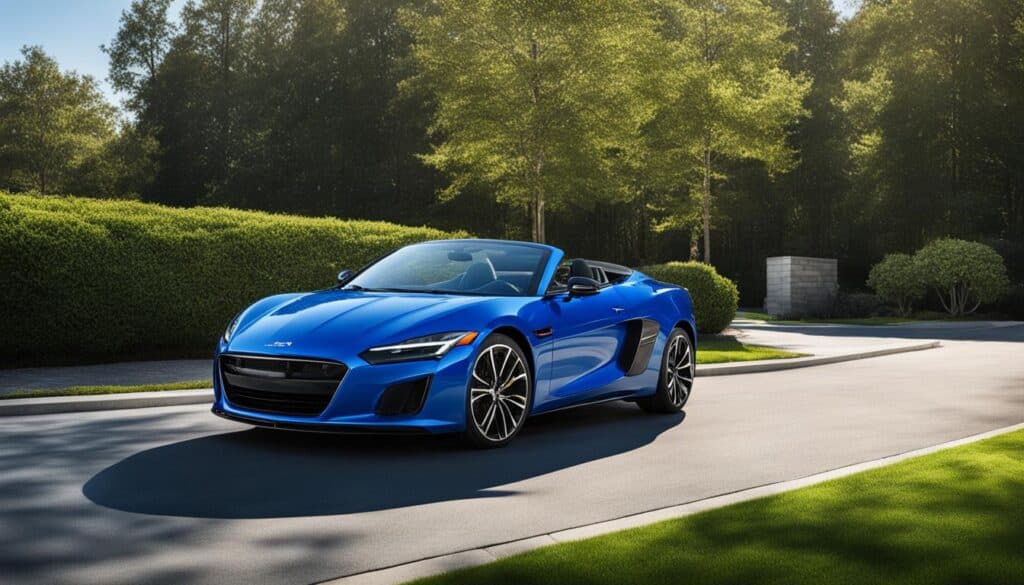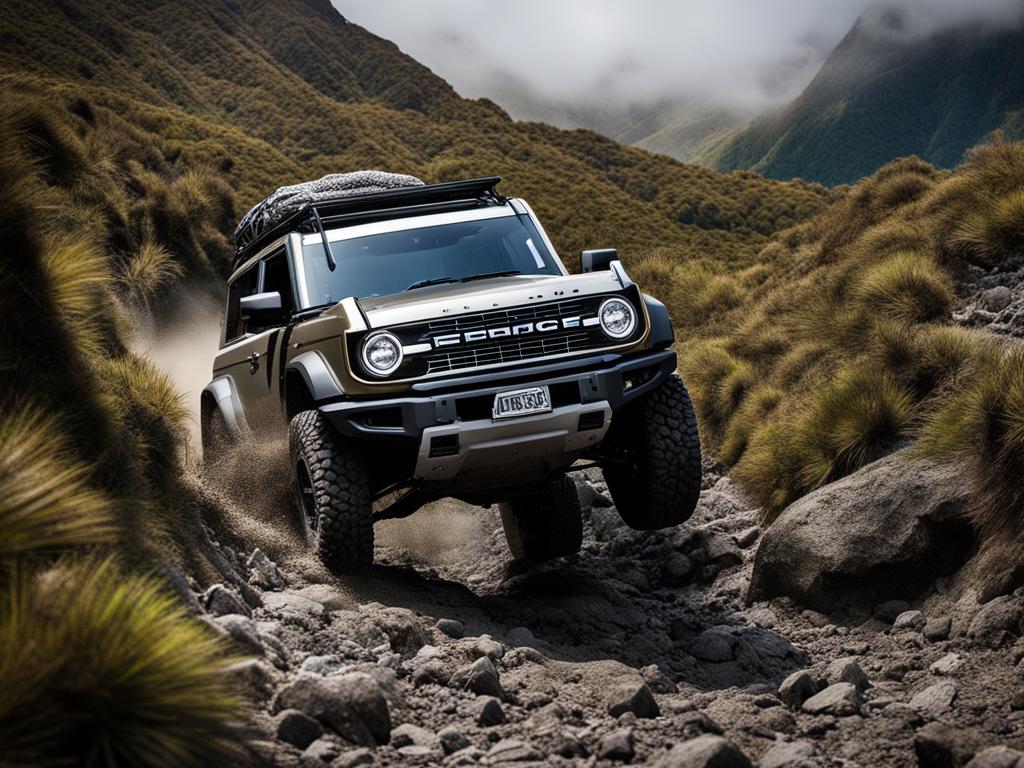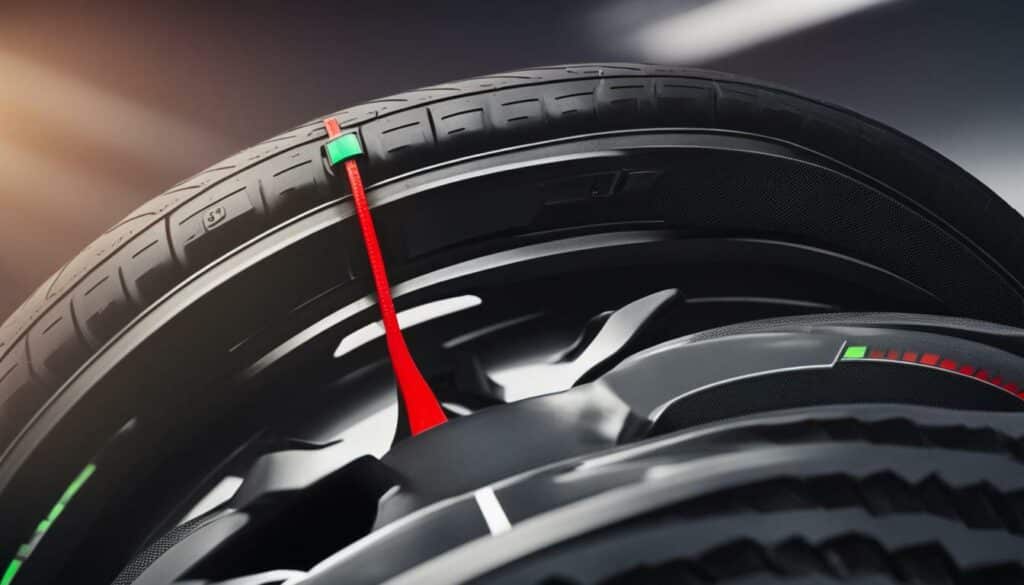Ever wondered if your next drive to Waiheke Island could be stress-free and hands-off? Buckle up – the future is closer than you think.
Autonomous Driving and What It Means for NZ Drivers
Autonomous Driving is more than a buzzword; it’s a shift in how we think about cars, roads and safety. As someone who’s spent years testing vehicles across Aotearoa, I’m excited to break down what this technology means for Kiwi families and commuters.
Why Autonomous Driving is a Game-Changer
I remember the first time I experienced a car steering itself down Auckland’s motorway – it felt like science fiction. Now, Autonomous Driving systems are edging into mainstream New Zealand driving. Here’s why that matters:
- Safety Boost: Human error causes over 90% of crashes. Smarter cars could drastically reduce that.
- Traffic Flow: Coordinated vehicles communicate to ease congestion during rush hour.
- Accessibility: Seniors and people with disabilities gain new mobility options.
How Autonomous Driving Works: A High-Level View
At its core, Autonomous Driving relies on three pillars:
- Perception: Cameras, radar and lidars scan surroundings.
- Decision-Making: AI algorithms interpret data and plan routes.
- Control: Electronic systems handle acceleration, braking and steering.
Below is a quick comparison of autonomy levels according to SAE International:
| Level | Automation Degree | Human Role |
|---|---|---|
| 0 | No Automation | Full human control |
| 1 | Driver Assistance | Human monitors, car assists (e.g., cruise) |
| 2 | Partial Automation | Human monitors, car steers and accelerates |
| 3 | Conditional Automation | Car drives, human must intervene on demand |
| 4 | High Automation | Car handles all but rare conditions |
| 5 | Full Automation | No human intervention needed |
Currently, most Kiwi roads see Level 2 systems in luxury and some mainstream models. We’re inching toward Level 3 and beyond.
The Benefits of Going Autonomous
1. Enhanced Road Safety
I often talk to families worried about teenage drivers. Autonomous Driving tech can reduce accidents caused by distracted or impaired driving. Systems like automatic emergency braking and lane-keeping assistance already save lives.
2. Smoother Traffic and Lower Emissions
When cars communicate, they avoid stop-start cycles. In my tests around Wellington’s CBD, vehicles with adaptive cruise and platooning features used up to 15% less fuel.
3. Freedom for All
Imagine Mum or Dad who’s given up driving due to eyesight issues regaining independence. Autonomous Driving opens up transport options for elderly Kiwis and people with disabilities.
Practical Considerations for NZ Buyers
Choosing a Semi-Autonomous Vehicle
If you’re in the market today, look for cars offering Level 2 features. Key features include:
- Adaptive Cruise Control (ACC)
- Lane-Keeping Assist (LKA)
- Blind-Spot Monitoring (BSM)
- Traffic Jam Assist
These features are available across brands like Toyota, Mazda, Mercedes-Benz and Tesla. Always demo the systems in real-world conditions.
Cost Implications
Upfront costs are higher, but consider total cost of ownership:
| Item | Traditional Car | Semi-Autonomous Car |
|---|---|---|
| Purchase Price (NZD) | $35,000 | $45,000 |
| Insurance (Annual) | $1,200 | $1,500 |
| Fuel Efficiency Improvement | – | 10–15% |
| Expected Maintenance Change | Slight increase | Potential reduction |
Long-term savings can offset the premium, especially if you use insurance discounts for advanced safety tech.
Maintenance and Software Updates
I’ve seen cars that receive over-the-air software updates overnight. This means your safety systems improve without visiting the showroom. However, always remember:
- Regular sensor calibration is vital.
- Use certified technicians for lidar/radar repairs.
- Keep software up to date to benefit from the latest safety patches.
Navigating Legal and Ethical Roads
Regulatory Landscape in NZ
New Zealand’s Land Transport Rule: Automated Vehicles 2021 has paved the way for trials.
- Waka Kotahi (NZTA) oversees safety compliance.
- Trials are running in urban corridors (Auckland, Wellington).
I’ve sat in meetings where officials stress: safety first. Any fully autonomous rollout must meet strict performance tests before hitting public roads.
Ethical Dilemmas
As a car enthusiast, I find these debates fascinating:
- Decision-Making in Crises: How should a car choose the lesser harm if a crash is unavoidable?
- Data Privacy: Location and behaviour data can be sensitive.
Car makers are working with ethicists to embed values into AI. As a driver, stay informed about your data rights.
Real-World Examples and Case Studies
Tesla Autopilot Down Under
- Where: Auckland and Christchurch.
- Features Used: Navigate on Autopilot, Autosteer.
- Learning: Drivers must stay alert – it’s not full autonomy.
Mercedes-Benz Drive Pilot
In Germany, their Level 3 system handles speeds up to 60 km/h in traffic jams. While not yet in NZ, it shows the next step.
Local Trial: Massey University
Massey’s autonomous shuttle in Palmerston North demonstrates last-mile solutions, connecting bus stops to campuses.
What’s Next for Autonomous Driving in NZ?
I stay tuned to developments at EV and AV conferences in Queenstown and Auckland. Upcoming trends include:
- Vehicle-to-Everything (V2X) Communication: Cars talk to traffic lights and road signs.
- Shared Autonomous Fleets: Robo-taxis operated by mobility services.
- Extreme Weather Handling: AI learning to navigate slip-prone roads in Fiordland.
Tips for Kiwi Drivers Embracing Autonomy
- Stay Educated: Read your owner’s manual and watch official tutorials.
- Hands on Wheel: Even in Level 2, you’re the safety backup.
- Test in Safe Zones: Try new features in empty car parks or low-traffic streets.
- Provide Feedback: Report glitches to manufacturers – your input shapes improvements.
Tackling Common Questions
Q: Can I nap while the car drives me?
A: Not yet. Unless you reach Level 4 or 5, you must remain alert.
Q: Will autonomy work in rain or fog?
A: Most systems juggle rain fine, but heavy fog can confuse sensors. Drive carefully.
Q: How soon will fully driverless cars appear?
A: We’re looking at 5–10 years for controlled zones, possibly 10–20 years nationwide.
Final Thoughts (But Not a Conclusion)
Venturing into Autonomous Driving is like exploring Middle-earth – full of wonder and caution. As we adapt, I’m here at Kiwi Motor Hub to keep you informed with trustworthy advice. Whether you’re a first-time EV buyer or a seasoned petrolhead, the autonomous journey promises exciting roads ahead.
Feel free to reach out with questions – let’s navigate this new era together! 🚗💡
